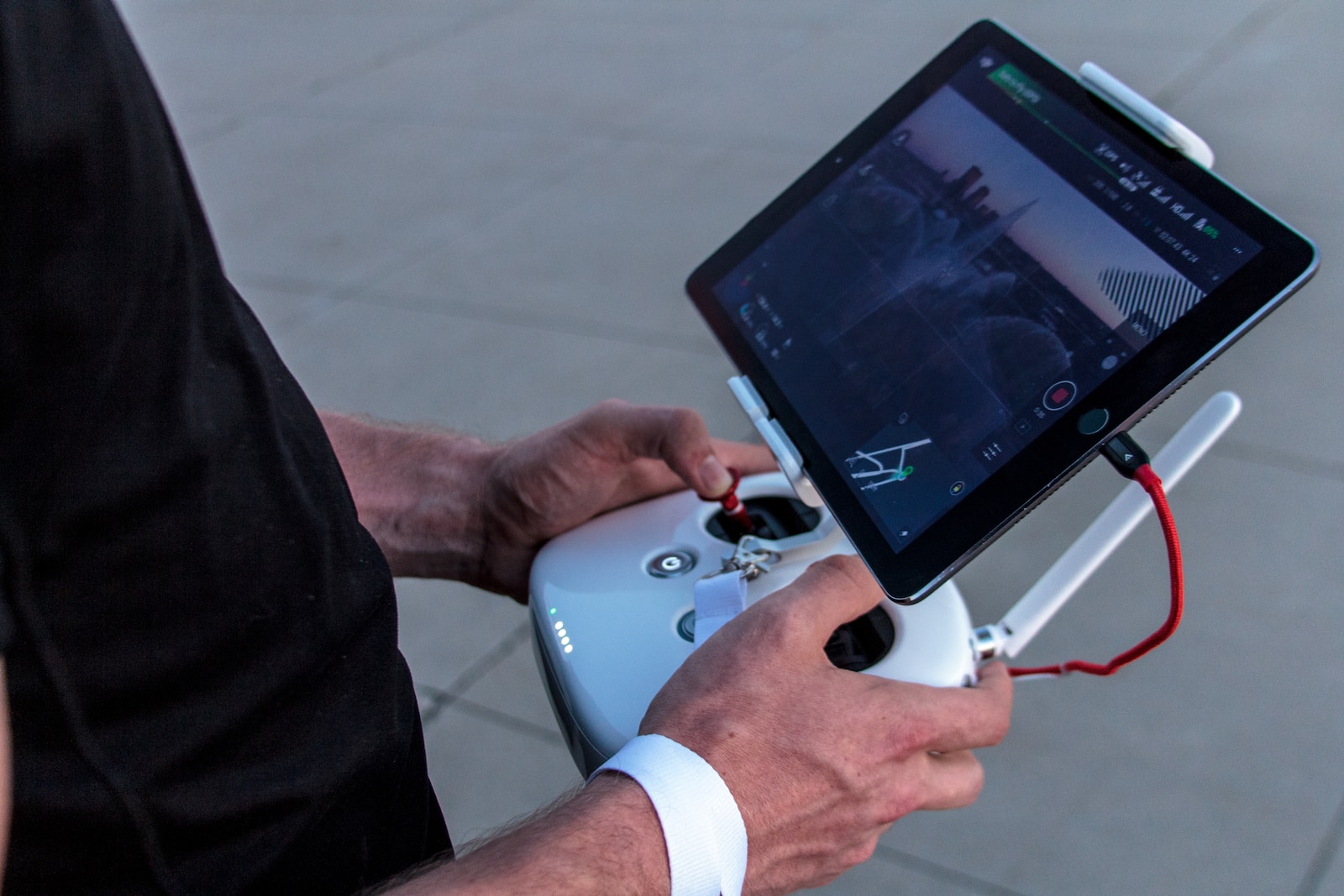Drones have transformed the way we capture the world from above, offering stunning aerial perspectives that were once reserved for the privileged few. However, with great power comes great responsibility, especially when flying drones in public and built-up areas. In this blog post, we’ll explore the importance of safety precautions, training, and authorization when operating drones in such environments, drawing insights from caa.co.uk and Aerial Kent Ltd. Additionally, we’ll provide tips on finding safe spaces to unleash your drone’s potential across the UK.
Safety First: The CAA Guidelines
The Civil Aviation Authority (CAA) in the UK plays a crucial role in regulating drone operations. Their guidelines are designed to ensure the safety of all airspace users, including pedestrians, motorists, and drone operators. Here are some key takeaways:
- Stay Below 400 Feet: The CAA advises that drones should generally not exceed an altitude of 400 feet (120 meters) above ground level, especially in built-up areas. This restriction helps prevent potential conflicts with manned aircraft.
- Maintain Visual Line of Sight (VLOS): Always keep your drone within your visual line of sight. This ensures you can monitor its movements and avoid collisions with obstacles or other aircraft.
- Avoid Crowds and Built-Up Areas: When flying in public spaces, steer clear of crowds, vehicles, and buildings. Flying directly over people or property without permission can pose risks and may be in violation of privacy laws.
- Respect No-Fly Zones: Certain areas, like airports, are designated as no-fly zones for safety reasons. Always check and adhere to these restrictions using tools like the “Drone Assist” app by NATS.
Training and Authorization
Operating a drone safely in public and built-up areas requires more than just following guidelines; it demands proper training and, in some cases, authorization. Companies like Aerial Kent Ltd prioritize these aspects in their drone operations:
- Pilot Training: Aerial Kent Ltd ensures that their drone pilots are certified and receive comprehensive training in flying drones safely, understanding airspace rules, and emergency procedures.
- Permissions and Authorizations: For certain operations, such as flying in controlled airspace or conducting commercial work, you may need specific permissions from the CAA. Aerial Kent Ltd takes care of these authorizations, ensuring full compliance.
Finding Safe Spaces to Fly
While it’s crucial to exercise caution in public and built-up areas, the UK offers a wealth of beautiful and safe locations for drone enthusiasts to explore. Here are some tips on finding ideal spots:
- National Parks: Many national parks in the UK provide scenic landscapes, open spaces, and clear regulations for drone use. Always check park-specific rules before flying.
- Nature Reserves and Beaches: Nature reserves and beaches often offer vast, unobstructed areas perfect for capturing breathtaking aerial footage.
- Dedicated Flying Sites: Some regions have designated flying sites specifically tailored for drone hobbyists. Research online or contact local drone clubs for information.
- Aerial Kent Ltd’s Recommendations: Aerial Kent Ltd’s website may provide insights into safe and picturesque locations for drone photography and videography, offering both stunning visuals and compliance with safety regulations.
In conclusion, drones have democratized aerial photography and videography, making it accessible to all. However, with this privilege comes the responsibility to operate drones safely and responsibly in public and built-up areas. By adhering to CAA guidelines, seeking proper training and authorizations, and exploring safe flying locations, you can elevate your drone experience while ensuring the safety of all. Happy flying!

No responses yet